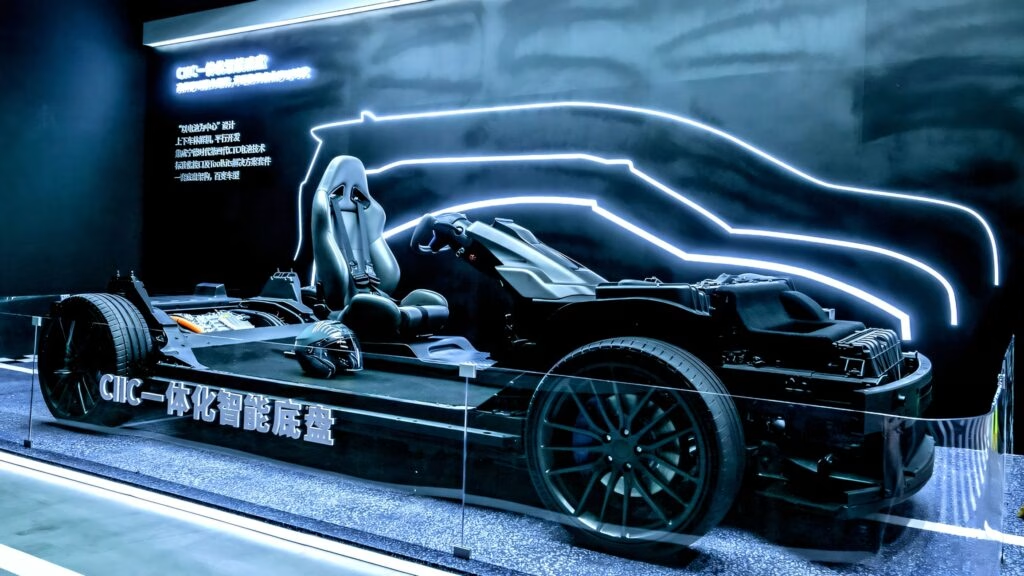Lithium metal batteries (LMBs) are on the verge of revolutionizing electric vehicles (EVs), and recent advancements from Chinese battery giant CATL are making waves in the industry. With the promise of longer lifespans and higher energy densities, these innovations could be game-changers for the future of sustainable transportation.
What’s the Big Deal About Lithium Metal Batteries?
LMBs are often hailed as the next-generation battery technology due to their impressive energy density, which is crucial for applications like long-range electric vehicles and even electric aviation. However, until now, their relatively short lifecycle has been a significant barrier to widespread adoption. CATL’s recent breakthrough, which doubled the lifespan of their lithium metal batteries to an impressive 483 cycles, could change that narrative entirely.
Imagine being able to drive your electric vehicle for longer distances without the constant worry of battery degradation. With energy densities potentially exceeding 500 Wh/kg, CATL’s advancements could lead to batteries that not only last longer but also pack more power into a smaller space. To put this into perspective, the solid-state battery technology being developed by Stellantis and Factorial has an energy density of 375 Wh/kg. That means CATL’s new lithium metal battery could outperform it by over 33%.
How Did CATL Achieve This Breakthrough?
The secret behind CATL’s success lies in their innovative approach to electrolyte strategy. By employing quantitative mapping techniques, the company has ventured into what they describe as “previously uncharted territory.” This research has unveiled critical insights into the battery lifecycle, particularly focusing on the depletion pathways that lead to cell failure.
Previously, issues like solvent breakdown and lithium accumulation were thought to be the main culprits behind battery degradation. However, CATL discovered that the continuous consumption of the electrolyte salt LiFSI was the dominant factor, with a staggering 71% of it consumed by the time the battery reaches its end of life. This revelation underscores the importance of electrolyte durability in achieving sustained battery performance.
By optimizing the electrolyte formulation with a lower molecular weight diluent, CATL has significantly improved ionic conductivity and reduced viscosity without increasing the total mass of the electrolyte. This clever tweak has effectively doubled the lifecycle of their prototype batteries, marking what CATL describes as a “paradigm shift” in battery development.
What Does This Mean for the Future of EVs?
The implications of CATL’s advancements are profound. With longer-lasting batteries that can deliver higher energy densities, electric vehicles could become more practical and appealing to consumers. Imagine a world where charging your EV is as quick and easy as filling up at a gas station. This is not just a dream; it’s becoming a reality with CATL’s fast-charging technologies and improved battery lifespans.
Moreover, as the demand for electric vehicles continues to rise, innovations like these are essential for meeting consumer expectations and addressing concerns about range anxiety. The automotive industry is already responding, with manufacturers eager to integrate these advanced battery technologies into their upcoming models.
The Road Ahead
While the journey to widespread adoption of lithium metal batteries is still unfolding, CATL’s breakthrough is a significant step in the right direction. As they continue to refine their technologies and address the challenges of battery longevity and performance, we can expect to see a new era of electric vehicles that are not only more efficient but also more user-friendly.
The big takeaway? Advancements in lithium metal battery technology aren’t just about achieving perfection—they’re about making smarter adjustments that lead to practical solutions. If you’re curious about the future of electric vehicles, keep an eye on these developments. Start with one change this week, and you’ll likely spot the difference by month’s end.

